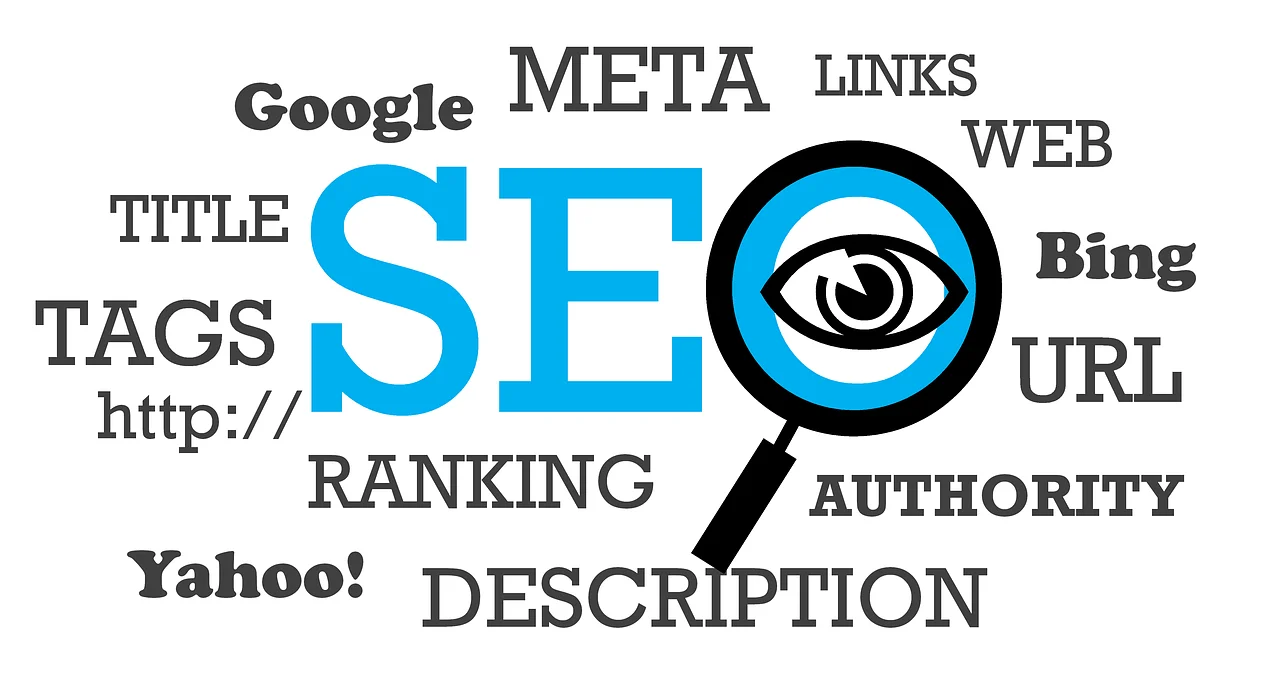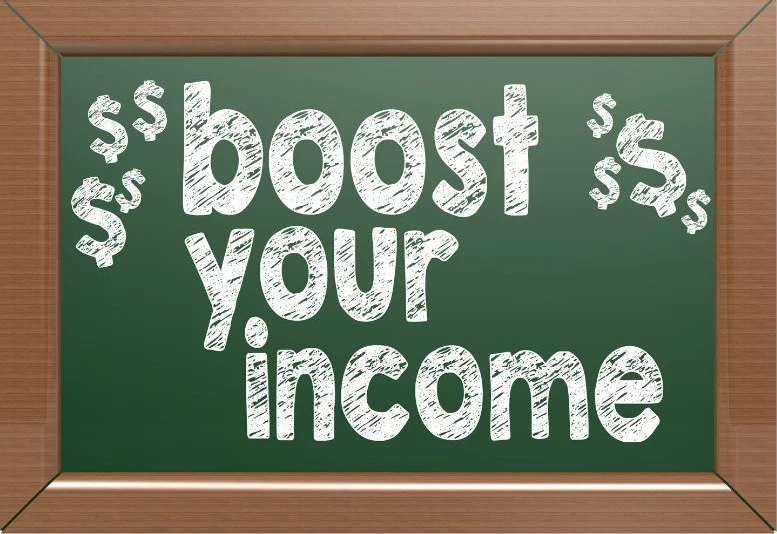Finding new clients on 170+ freelance platforms
Starting your freelance career without a list of clients can be quite a daunting task. No clients mean no income. And it can take a while to build a client base big enough to generate enough income to replace your 9-5 income. Whether your expertise is in content writing, translation, web design, or anything else, you need takers for your services. Freelance platforms can get you started on your journey to becoming a successful freelancer.
A freelance platform can offer great opportunities, but there are good reasons for not relying on them for too long. And you will soon find the need to have an exit strategy. Graduate from these platforms and move on to richer pastures. Using freelance platforms the right way can lead you to the next level. Word-of-mouth and your own website will help as well.
Which is the best freelance platform?
There is a growing number of freelance platforms on the internet to choose from, the well-known Upwork, Fiverr, PeoplePerHour, Freelancer, and many more. I stopped counting at 30, but the list is still expanding. Here is a list of 170+ websites. It contains short descriptions of each of them for reference. Some of these platforms are simple to join; for others, you may need to meet special requirements. There are also wide variations in the compensation system. Some might even require you to pay a fee even before you get your first client order.
Some freelance platforms cover all service sectors, and others specialize in web designers, IT specialists, and more.
It is therefore impossible to tell which is the best freelance platform. As a beginner, you may want to start with one of the more general platforms to get your feet wet.
The upside of freelance platforms
It may take a while until you get your first customer through these platforms. You have to build up your visibility and your reputation first. Every job you complete successfully will push you up in ranking and increase your visibility. Customer reviews are an essential factor in this.
Over time, you will even find repeat customers. And this is where the fun begins. They might be willing to work directly with you, saving you a ton of money in commissions that the platform will scrape off of your hard-earned revenues. Don’t worry too much about losing the payment protection that these platforms claim to provide. It is an important sales point of most platforms. In the last section of this article, I will talk about my experience with that.
These freelance platforms do not allow you to communicate with your customer outside their own system. To ensure that you are not trying to escape, they will monitor your communication carefully. Mentioning an email address, using suspicious words like payment or bank account will get your message flagged. If they find out that you are trying to make special arrangements with your client, they will terminate your account. So, be careful and creative when you want to break out of the system. It is possible and not that hard.
The downside of freelancer platforms
Low pay
Let’s face it, potential buyers of your service come to these platforms with the expectation to get the best service at rock bottom prices. Creating this impression is part of their marketing strategy. That’s most obvious in the case of Fiverr, which — as the name already hints — promises to get a gig done for five bucks, a fiver.
These days, you don’t see many gigs for writing blog posts at that level anymore. You will often see offers to write a blog post of 300 words for $30, including topic research and optimization for search engines.
On the surface, this sounds more reasonable, but it is still relatively low. But that’s not all: you won’t get $30, but only $24 as Fiverr is taking a cut of 20%. A payment fee of between $1 and $3 will be deducted depending on the payment method when you withdraw your meager earnings. In addition, PayPal or Payoneer will take another processing fee, and your bank might take some more. And it gets worse when a foreign currency is involved. These payment services have rip-off rates close to hotel exchange rates. Do the math and see what price makes sense to you.
The most likely result is that you will be working for less than minimum wage (US or European level).
For some of your competitors on these platforms, this might not be bad at all. They may be school kids willing to work for pocket change or people from countries with average daily wages below $10.
Reputation
I may be wrong on this one, but I believe it will be a challenge to grow your personal brand into a higher income bracket once you are perceived to work on these platforms for $5. A Google search on your name will reveal sooner or later that you are working for these platforms and what you offer. Your gigs, prices, and customer feedbacks are no secret.
This should not deter you from trying these platforms out. Just use a pen name for your display name to protect your reputation. It is as simple as that. For your payment and tax information, which is not displayed, you have to use your real name for obvious reasons.
Which freelance platform should you use to start?
I can’t give you a blanket answer for this. Some platforms cater more to content writers, others for translators, graphic or web designers. And with the appearance of new platforms, the picture is constantly changing. My recommendation would be to try one of the bigger and well-known ones.
My very own but limited experience
Let me just tell you what I did and what my experience with those platforms was.
I have tried Fiverr, Freelancer, and PeoplePerHour. The only one which worked for me was Fiverr. This platform generated a decent net income without putting in too many hours. Within two years, my average revenue per gig rose from $5 to about $50 while I continuously increased my prices and refused to take low-paying jobs. So, I have no real complaints.
In addition to that, some clients liked my work and asked me to work directly with them. I am still working with three direct clients I found through Fiverr. They pay decent market rates and route payments through direct bank transfers at a much lower cost.
And guess what, since I raised my prices on Fiverr to the same level, I hardly get any requests through Fiverr anymore.
I successfully graduated from Fiverr!
Fiverr is still a worthwhile freelance platform to try
I want to be fair to Fiverr as I know several freelancers who make decent money on Fiverr. Some of them have built up their reputation to a superior level and operate almost exclusively through Fiverr.
Why I prefer Fiverr over other platforms
In Fiverr, you set up your gigs in various categories by writing a detailed description of the service a client can expect from you. You also set all the other terms like price, terms of delivery, how many revisions you offer, and more. And you create an ad with an image or logo and a title to be placed on the platform. Fiverr will display this ad plus info about your customer rating and the level you have reached in a grid format along with your competitors’ ads. An attractive, eye-catching design will give you a slight advantage.
You can now sit back and wait until a prospective client contacts you through this platform’s messaging function.
Other platforms like Upwork or PeoplePerHour use a different approach. On these platforms, the buyer displays a description of jobs they want to get done. And it is up to you to sift through those lists until you see something of interest. You then have to bid and pitch for the job. You can subscribe to email notifications for your selection of suitable gigs.
Naturally, you will not win many bids as there is a lot of competition from countries like India, Pakistan, Bangladesh, or Nigeria. And many buyers will go for the lowest bid. Also, this process is rather time-consuming and reduces your hourly earnings to way below the minimum wage level. Nobody pays you for the time you spend going through these lists and send out your pitches. To be effective, you should come up with individual pitches. Blanket pitches don’t go far.
In short: This method of job hunting is a recipe for self-exploitation.
What I don’t like about Fiverr
Fees are too high
As I mentioned above, the cut taken out by Fiverr plus all the payment processing fees is annoying. I fully understand that nothing in life is free and that they have to get compensated for their service. After all, they do a sort of marketing for you. But given the already low revenues, this is more than I am willing to give up.
Ranking system is vulnerable
Fiverr will rank you according to your performance. I think this is a good idea to keep quality at a high level. Their rating system has become a bit stricter than before, which is also good.
You will get a badge as Level I, Level II, or top-rated seller if you meet the required criteria. Here is the list of criteria you have to meet. Each level comes with some privileges, like more gigs you can offer. The badge also gives you somewhat better visibility and should justify higher prices. But don’t count on it.
To meet some of the criteria can be tricky. One is a 90% order completion rate, and another one is a 90% response rate. These are criteria with a high risk of failure. It happens all the time that someone orders a gig from you, but you find that what he wants is not what you offered. So you mutually agree to cancel the order. But even this counts against your completion rate and can set your ranking back to a lower level. If you have twenty small orders, one failed order will not hurt you. But if you have nine large orders, even one failed tiny order will destroy the level you have reached.
Security of payments and handling of disputes
Fiverr claims to protect and secure payments to freelancers by using kind of an escrow system. It works fine…until there is a dispute.
Disputes are probably inevitable in the life of a freelancer. Fiverr has set up a resolution center supposed to help solve those conflicts. But in reality, it is just a section in which you communicate with your client. There is no interference or assistance by Fiverr at all. If the client rejects your work, you can respond and state your view and oppose the rejection. Then he rejects, and so do you until one of you gives in or drops dead.
It happened once to me. A junior staff member of an agency had placed the order. He asked for a revision of the first delivery with clear instructions and a positive attitude. No big deal and I was happy to comply. His response to the revised delivery was quite positive, but the order was not marked as completed for some reason. Shortly before automatic completion, somebody else from the same agency, probably the boss himself, asked for a complete re-write as this was the worst piece he has ever seen. I declined and demanded payment. He refused to pay, and the “resolution” process started. The exchange of arguments continued for about three weeks. Back and forth, probably 20 round trips until the client finally gave up and released the money.
Conclusion
Yes, freelancer platforms can be great to get you on track to a successful freelance career in a relatively short time. You will learn a lot about your market, and you can hone your skills. But from day one, you should think of an exit strategy. In my opinion, one of the best ways is to build your own dedicated online presence to market your services. It will take some time, but your website, combined with additional marketing through social networks, should make you a winner in the long run.





